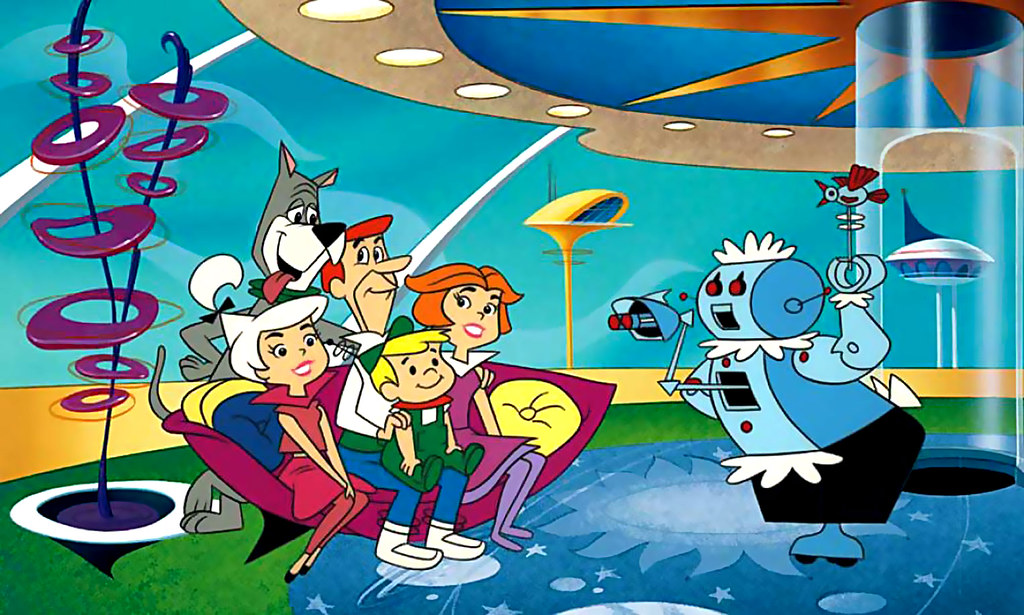Given the proliferation of faces that gets uploaded in the form of photos and videos on Facebook, a person may not even know that his/her face appears in a particular context.
To address that problem and to increase access for recognition among the visually impaired, at the end of 2017 Facebook rolled out three new facial recognition features:
- For the visually impaired, the feature provides a verbal description of people the AI recognizes in the photos.
- You can be notified whenever the AI recognizes your face in an uploaded image, even when it is not tagged with your name.
- Working off this link of your name and face, the system can alert you if others put your face in for their profile.
As the company explained in its announcement about it, Facebook's new features are based on the same technology the social media platform uses to bring people's attention to faces in images before they are tagged with a name.
While no one would likely object to applying AI to assisting the visually impaired, there are some questions about the effect of the alert feature, which delivers a "Photo Review" message to the user whose face it identifies. The company puts a very positive spin on it, saying, "You're in control of your image on Facebook and can make choices such as whether to tag yourself, leave yourself untagged, or reach out to the person who posted the photo if you have concerns about it."
Read more in







